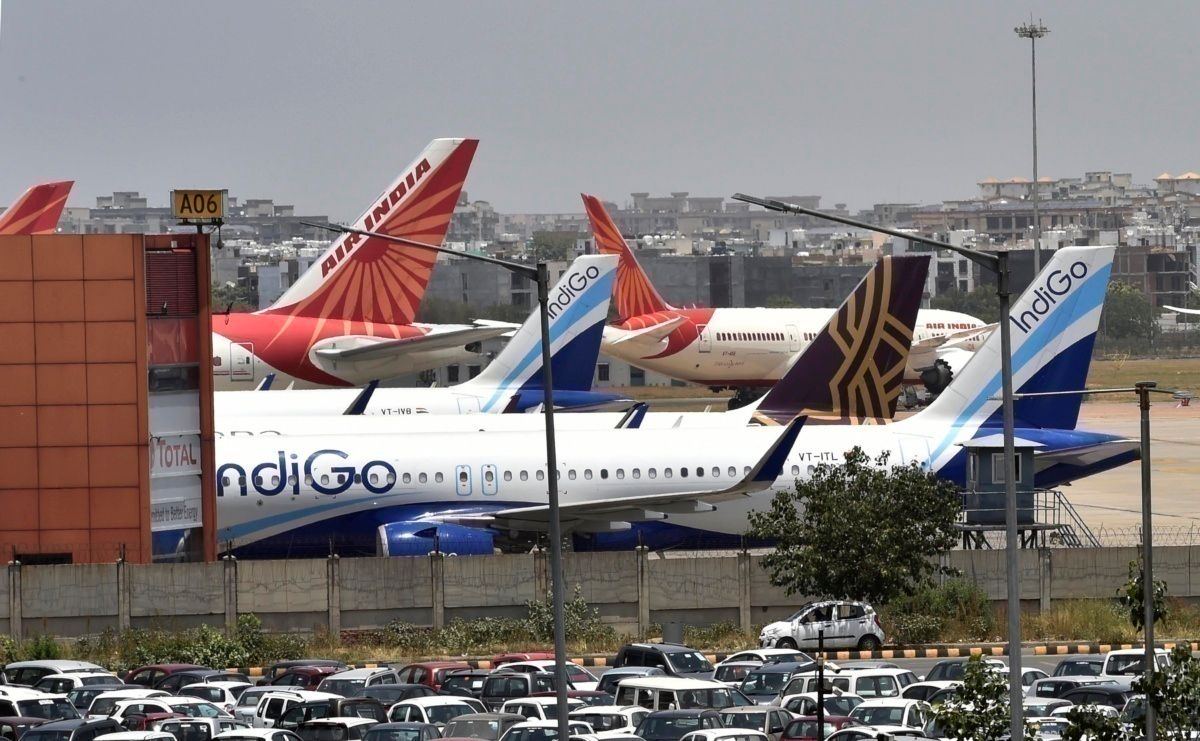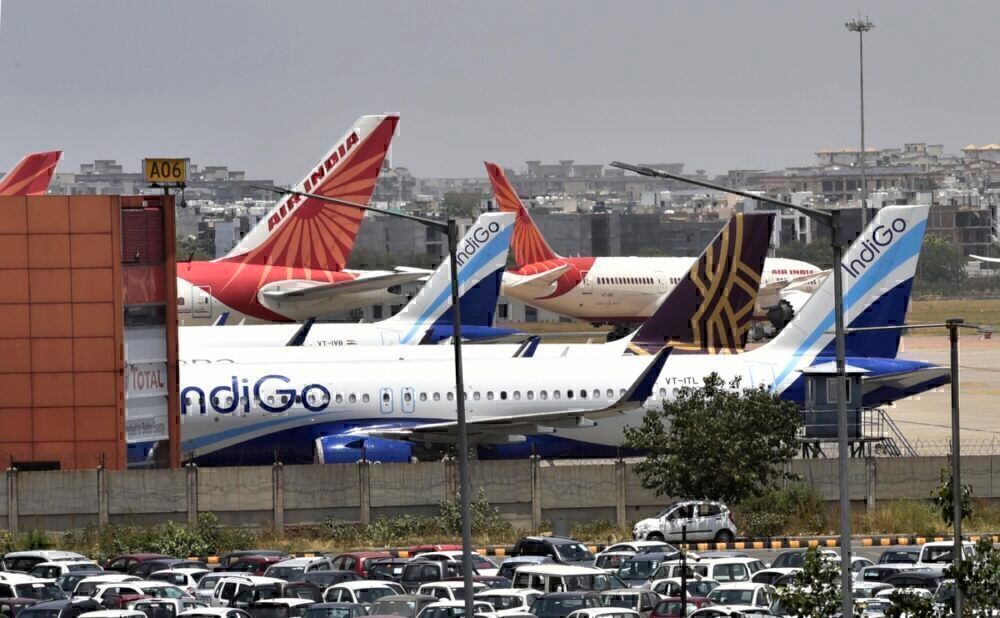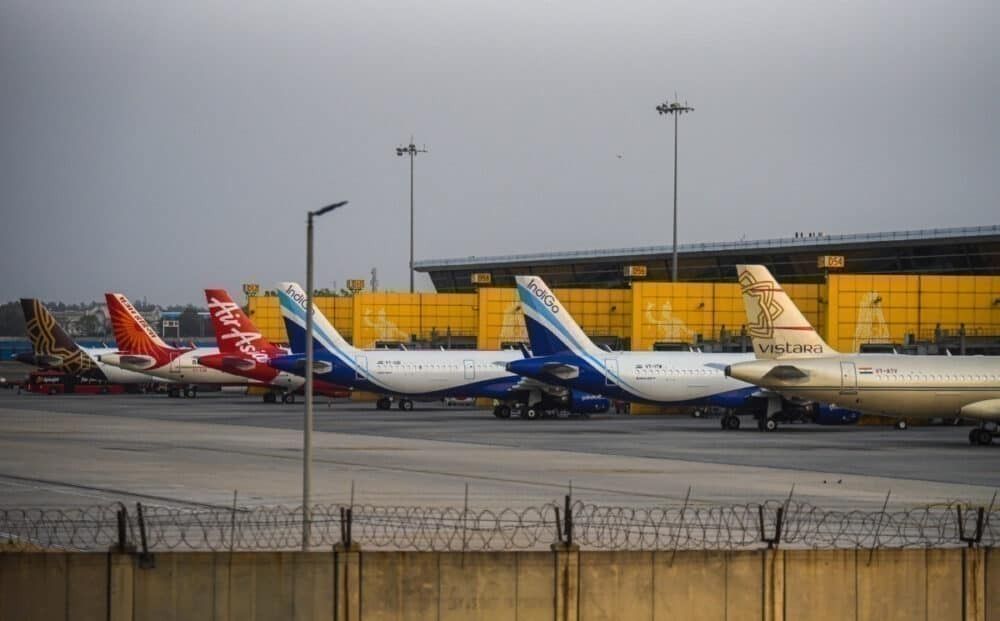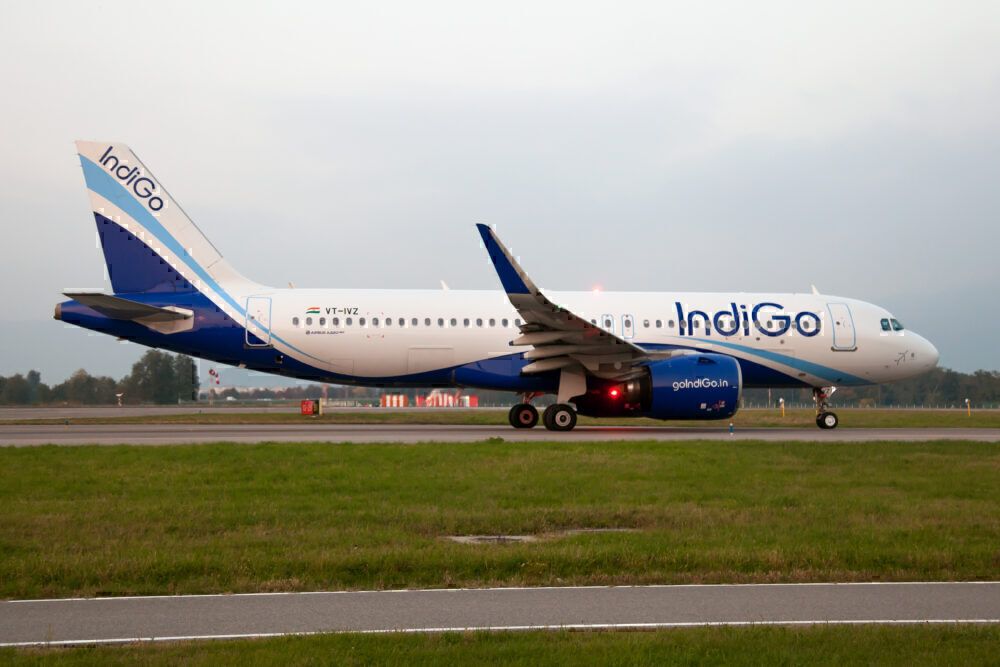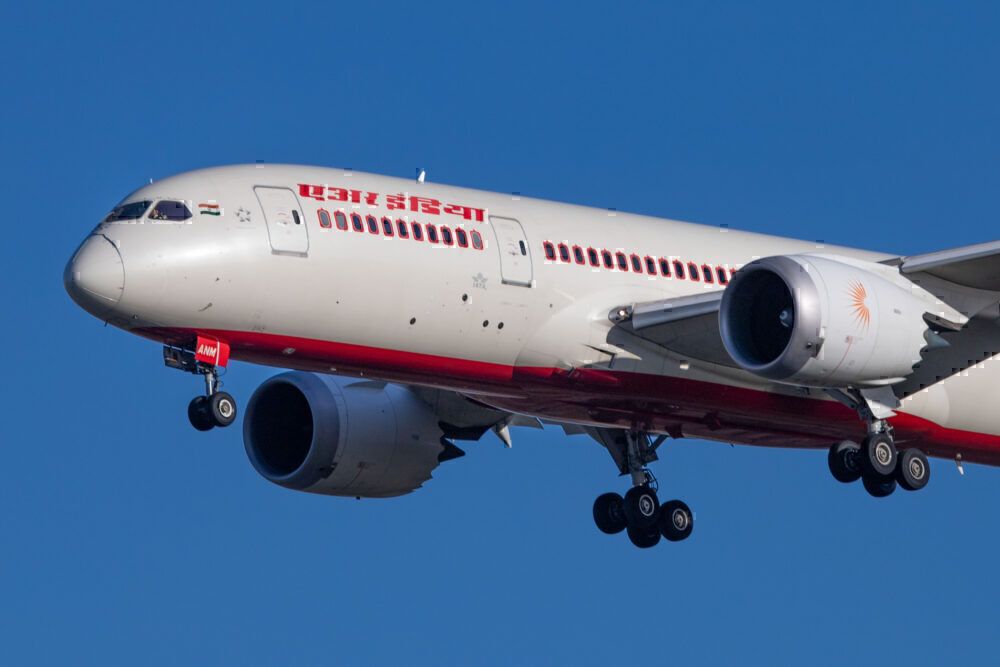India is predicting a return to pre-COVID passenger levels by the end of the year or early 2021. Civil Aviation Minister Hardeep Singh Puri noted the impressive recovery of the domestic market and said he expects huge growth in the Indian aviation industry. India recently hit a post-COVID passenger record during Diwali.
Full recovery
At a press conference covered by Business Insider, India's Civil Aviation Minister Hardeep Singh Puri said that he expects air travel to make a full recovery by 31st December or early January 2021. This would mean reaching pre-pandemic levels across the board, a significant feat just months after flights resumed.
He added that domestic flights have now reached 70% capacity and there are talks about increasing the cap to 80% sometime soon. India currently has both capacity and fare caps for domestic flights. Passenger numbers have grown exponentially since May, rising from 30,000 daily travelers to over 225,000 during Diwali last week.
While domestic flights might be recovering, international flights remain considerably lower than pre-COVID levels. This is primarily due to border closures globally and India's ban on scheduled international flights, limiting the total number of flights. Until a vaccine finds widespread use, India's recovery will remain restricted to the domestic market.
Stay informed: Sign up for our daily aviation news digest.
Growth expected
Looking beyond the pandemic, Mr. Puri said that he expects over 100 new airports to become operational in the next few years and India's total fleet size to reach 2,000 aircraft. This would be a massive leap from the current fleet of 750 aircraft and far surpass previous expectations. However, Mr. Puri remains confident that India can quickly return to pre-COVID growth levels and continue to penetrate the vast Indian market.
Indian airlines do have vast orders on the books with aircraft manufacturers. IndiGo, the biggest carrier in the country, has over 700 planes on order with Airbus. SpiceJet, the second-largest carrier, has nearly 200 737 MAXs on order with Boeing. However, the pandemic has seen notable shifts in fleet sizes in the coming years.
India-US market
When it comes to international flights, Mr. Puri said that Indian airlines only capture 17% of the traffic on India-US routes. Noting this as a distorted business model, he said,
"The value of traffic between India and the US is roughly 7 billion dollars annually. How much do Indian carriers get out of that traffic, a mere 17 per cent. It is not as if American carriers are getting the remaining 83 per cent. I am not going to say who is getting it. But I see no reason why Indian flagship carrier and private carriers should not be earning more money flying passengers"
The statement seems to be a veiled reference at the Middle East Three, who dominate much of West-bound traffic from India. Emirates, in particular, holds a particularly large share of the US-bound traffic, while Qatar Airways and Eithad follow.
Currently, only Air India operates flights to the US from India. However, more Indian airlines could be joining the route in the coming years.
For now, India can expect a significant domestic recovery in the coming months. International flights could take a while before recovering. However, news of a successful vaccine has many hopeful of a larger aviation recovery next year.
What do you think about India's aviation recovery? Could it reach 100% in the next few months? Let us know in the comments!

